Vikings gave great importance to art. As proof, several objects made and influenced by Norse culture are found across a vast geographic expanse. The Norse devotes a significant amount of resources to creating extraordinary things. Most of these resources are those they acquired from foreign countries through trade and plunder.
Since these meticulously crafted objects show off the eye of Vikings for art, many are curious about what they would look like. Every detail of these artistic objects reflects the Viking culture’s values, opinions, and experiences. So, below are some sophisticated Viking arts that survived the test of time and the story behind them.
The Gokstad Ship
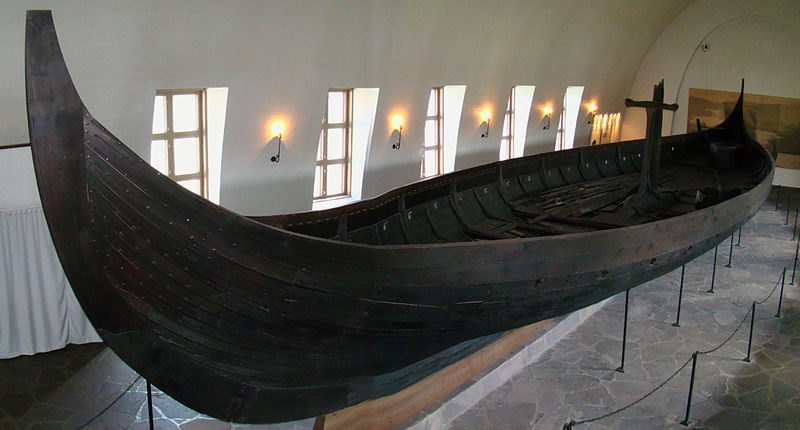
One astounding Viking art people can see today is the Gokstad ship. It is a remnant of Vikings’ woodwork, a sight to behold in its pristine state. In 1880, archaeologists discovered this ship with 32 shields connected to its sides on the shores of the Oslofjord. The ship is around 16 ft wide and 76 ft long, with a capacity of more than 34 men.
Many of the items might have been stolen by graverobbers. But, the remaining items inside the ship are enough to show the nature of the Vikings’ burial. Similar to neighboring cultures, Vikings also seem to bury animals and their deceased. Archaeologists found horses, exotic peacocks, and dogs in the ship burial.
One hundred forty years after it was discovered, the Gokstad ship is still deemed the most significant find from the Viking age. It is now a primary tourist attraction for Norway and Oslo.
Jelling Stones
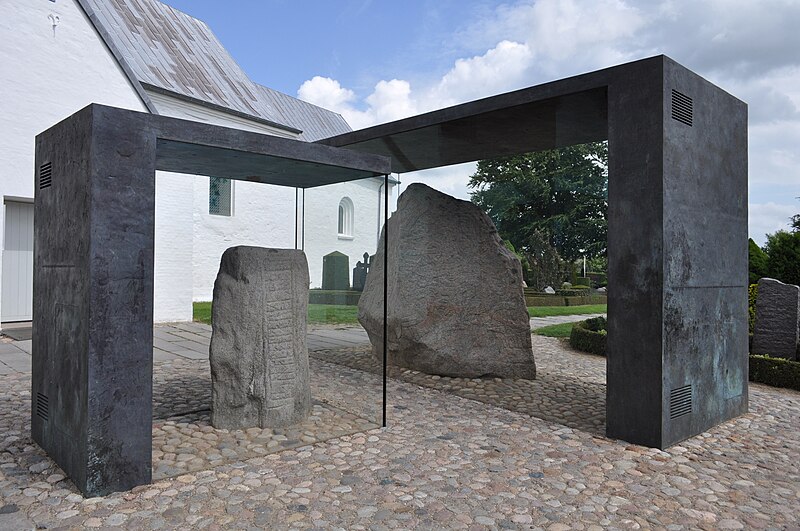
These jelling stones are evidence of the transition of Norse paganism to Christianity in Denmark. Jelling is a Viking art style named after the town of Jelling in Denmark, where it was found. Meanwhile, the jelling stones are huge rune stones with carvings depicting images of animals, interlacing linear patterns, inscriptions, and Christian themes. These runestones were discovered in the 10th century.
However, stone carvings rarely existed in most areas in Scandinavia before the 10th century. The spread of Christianity is likely why carved stone became more prevalent in memorials.
On the other hand, Danish prehistory ended with the Viking Age, around 800 AD to 1050 AD. The first kings emerged during the Viking Age who governed over a place corresponding to Denmark. It was about 965 AD when Denmark was named for the first time on the rune stone of King Harald Bluetooth.
Round Box Brooch
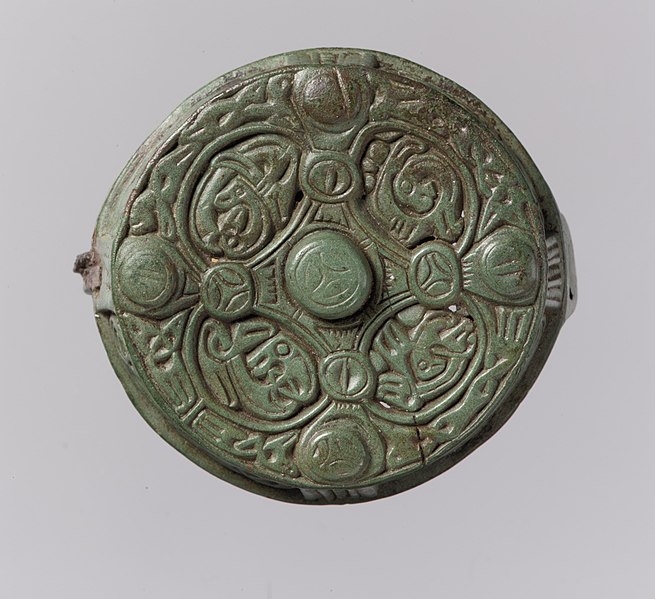
The wealth, strength, skills, and creativity of the Vikings show in their arts. Among those is this Viking metalwork, the round box brooch. You can see how incredible the craftsmanship of Vikings is in this item, particularly their intricacy and detail.
Brooches have been a part of the daily lives of female Vikings. They use it to ensure that their tunics stay in place. Vikings wore different styles of brooches, which included this brooch box.
Female Vikings wore brooch boxes under their chin to secure their shawl or cloak. This brooch style can also be worn along with a pair of brooches. Usually, brooch boxes are hollow, and their backside has a large round hole, allowing them to carry small items.
Another style of the brooch is the animal head brooches, which female Vikings wore in pairs. They will wear one of the animal head brooches on one side of her collarbone and another brooch on the other.
Urnes
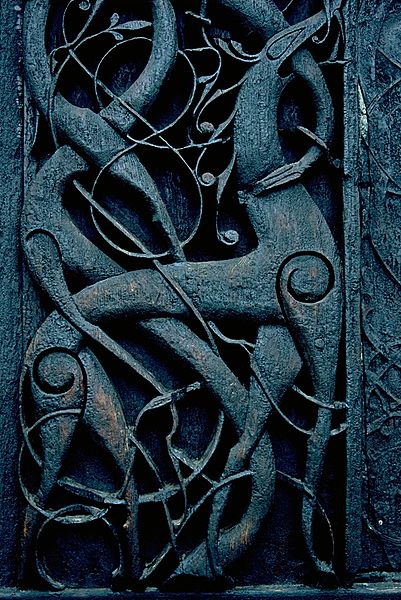
Another piece of art from the Viking age is the fascinating wood carvings from a stave church in Urnes, Norway. It is an art that dates from 1050 to the 12th century and is now considered one of the seven art styles of the Viking age. The Urnes style is the final phase of Viking Age art, featuring beautiful, schematic shapes that often portray animals with tapered anatomical features.
This Urnes style art includes carved wooden panels depicting sinuous animals looping and interlacing, with long eyes that point forward. You can also see plants and snakes featured in this Viking art. The creature in this wood carving that looks like a greyhound is brawling with a snake. This Viking art style has three prominent motifs: A four-legged animal that looks like the Great Beast, a thin ribbon, and a creature with a snake-like appearance with a single hind or fore leg.
Ringerike Style Runestones
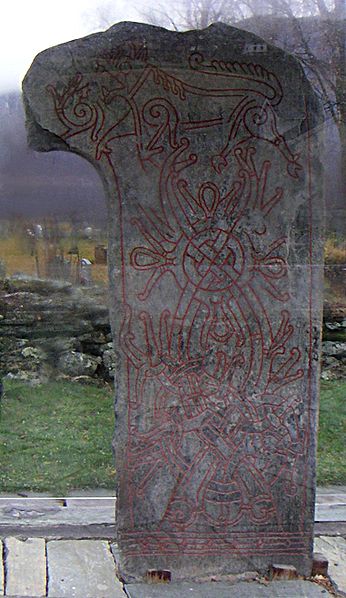
This Ringerike-styled runestone is another art of the Viking age. Ringerike is another Viking art style that got its name from the Ringerike district found in the northern area of Oslo. On the first half of the 11th century, runestones became more well-known. Ringerike runestones have carvings of thin, curvy animals with long, thin tendrils and almond-shaped eyes.
Meanwhile, there are still lion-shaped beasts, foliate patterns, and plant motifs carved in Ringerike runestones. The difference in how different generations interpret and express themselves is fascinating. You can see that in how Viking art changes from one art style to another. For example, Ringerike might have preserved some of the characteristics of the Mammen style, but it features motifs that are never in the previous Viking art style.
Its ingenuity powers Ringerike. Unlike Mammen arts, bird motifs became more prominent in Ringerike. Aside from that, the Great Beast was also portrayed in full force.
Mammen Viking Ax

This Viking ax shows the Mammen art style of Vikings. Mammen arose from the Jelling art style and was common in the latter half of the 10th century. Like other Viking art styles, Mammen got its name in the village of Mammen in Jutland, the mainland part of Denmark. A farmer accidentally discovered a luxuriously furnished grave of a wealthy magnate where this Viking ax was found after he carelessly dug a burial mound.
After the burial mound was discovered, experienced archaeologists took over the excavation. The archaeologists found a ceremonial ax in the grave along with other items. The ax has embedded silver decorations with a pattern of leaves, a stylized bird that looks like a ribbon, and a mysterious human face with a large nose, beard, and mustache.
Overall, the Mammen art style mainly includes nearly naturalistic fighting beasts like serpents, lions, and birds. Each is dynamic and vigorous, with spiral hips and shoulders, and is usually asymmetrical.
Carved Ivory Caskets
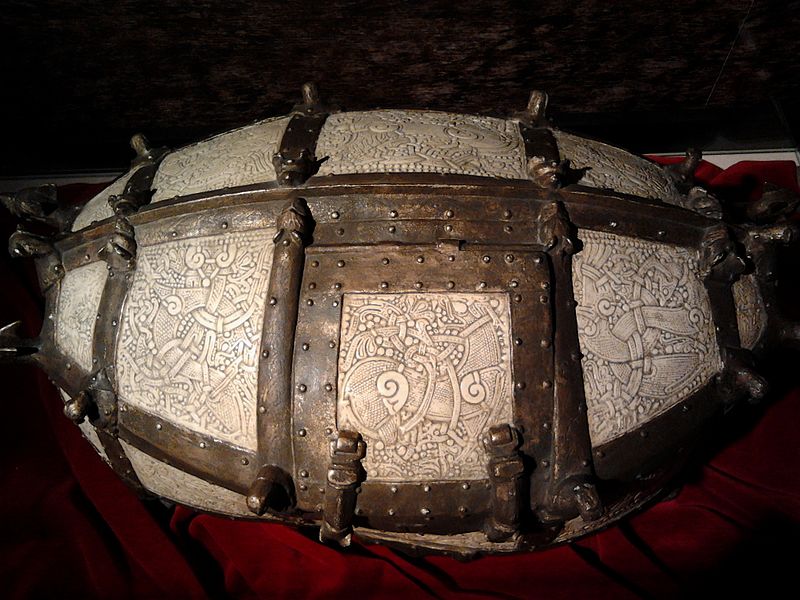
This ivory box might look like a beetle at first glance, but it reveals spectacular carvings after looking closely. These carvings of various motifs are intricately done during the Viking age. More so, these ivory boxes are admired by many because of how much detail it has. It shows the excellent craftsmanship of Vikings and how much labor they put into creating these masterpieces.
Only three carved ivory boxes were brought into modern civilization. Unfortunately, one of them, the Cammin Casket, was destroyed due to the firebombing in Dresden, where it is kept. The two other ivory boxes are the Bamberg casket and the Franks casket. The Bamberg casket is covered with Mammen-style carved walrus ivory, while the Franks casket is a small box from the 7th century A.D. made of carved whalebone.
Bracteate Pendant
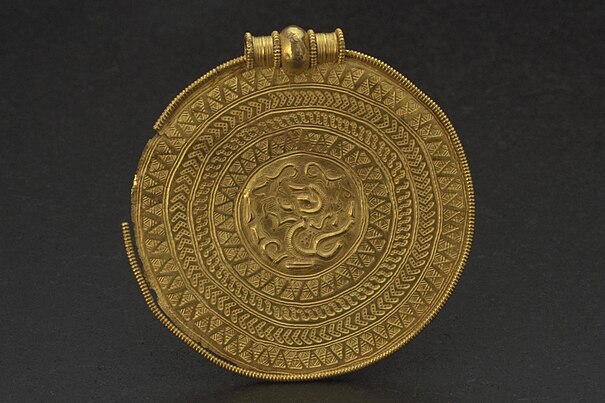
This pendant with stamped designs is called the bracteate pendant from the 600s to 900s. During those times, this kind of jewelry was the most popular. Usually, a bracteate pendant is made of gold. It also has scenes of Norse mythology or animals in the center with a detailed border.
The first step in making bracteate pendants was carving the design into a resistant material like wood or bronze. Afterward, a thin sheet of gold will be pressed over the carving. Doing this will allow the Viking artisans to print or stamp the design into the gold sheet.
However, it is said that this Viking art emerged from the Byzantine coins and portrait medallions of the Romans. The emperor gave these medallions as a gift to significant figures. Later, goldsmiths abandoned the original Roman products for a local style with designs depicting native deities like Odin, Norse mythology characters like Thor, and animal ornaments.
Haithabu Borre-Style Bronze Brooch

This artistic bronze brooch perfectly represents the Borre style Viking art. This style is a combination of the Jelling and Oseberg Viking art styles. This art style is named after where a ship burial is found, Borre, Norway. It still has the gripping beast from Oseberg but has a triangular head, protruding ears, round eyes, and a face similar to a cat.
Oseberg Ship Animal Head Post
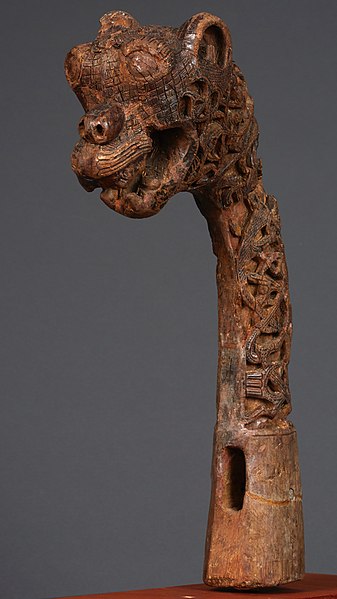
This animal head post from the Viking age is terrifying and astounding at the same time. It easily draws attention because of its fascinating details and unique art style. Like the bronze brooch, this animal head post is also made in Oseberg art style. It is an intricately carved head of an animal, among the five found animal head posts in the Oseberg Viking ship found in Oslo fjord, Norway, way back in 1904.
As of this day, this Oseberg-styled animal head post, along with three others, is displayed while one is stored safely inside the Viking Ship Museum in Oslo, Norway, because of its bad condition. On the other hand, the ship dates back to the mid-9th century.